Introduction
A beautiful, straight smile is more than just a confidence booster—it’s also essential for good oral health. If you’re struggling with misalignment, bite problems, or crowding, you might be wondering whether Invisalign in Austin is the right solution for you. The good news is that Invisalign clear aligners can correct many common dental issues, offering a comfortable and discreet alternative to traditional braces.
This guide explores the most common dental problems Invisalign can fix and how Austin residents can benefit from clear aligner therapy.
What Dental Problems Can Invisalign Fix?
1. Overbite
An overbite occurs when the upper front teeth overlap too much over the lower teeth. While a slight overbite is normal, a deep overbite can cause:
- Jaw pain
- Uneven tooth wear
- Increased risk of chipping or fractures
How Invisalign Helps:
Invisalign gradually repositions the teeth to reduce the excessive overlap, improving both aesthetics and functionality.
2. Underbite
An underbite happens when the lower teeth extend past the upper teeth, often due to jaw misalignment. This can cause:
- Difficulty chewing
- Speech problems
- Increased tooth wear
How Invisalign Helps:
While severe underbites may require orthodontic intervention or surgery, Invisalign can effectively fix mild to moderate underbites by gradually shifting the lower teeth backward.
3. Crossbite
A crossbite occurs when some upper teeth sit inside the lower teeth instead of outside. This can lead to:
- Asymmetrical jaw growth
- Increased risk of tooth fractures
- Gum recession and sensitivity
How Invisalign Helps:
By adjusting the position of the misaligned teeth, Invisalign corrects crossbites to improve bite function and smile symmetry.
4. Open Bite
An open bite happens when the top and bottom teeth don’t touch when the mouth is closed, making chewing and speaking difficult. Causes include:
- Thumb-sucking habits
- Jaw development issues
How Invisalign Helps:
Invisalign moves the front teeth downward and the lower teeth upward to ensure proper bite closure.
5. Crowded Teeth
Crowding occurs when there isn’t enough space in the mouth for all teeth to fit properly, leading to:
- Overlapping teeth
- Difficulty flossing and brushing
- Higher risk of cavities and gum disease
How Invisalign Helps:
Invisalign gently shifts the teeth into better alignment, creating space for improved oral hygiene and reducing the risk of dental issues.
6. Gaps & Spacing Issues
Excess space between teeth, also called diastema, can lead to:
- Food getting stuck between teeth
- Increased risk of gum disease
- Uneven bite pressure
How Invisalign Helps:
Clear aligners gradually close the gaps by pulling teeth closer together, improving both function and aesthetics.

Why Choose Invisalign for Orthodontic Treatment in Austin?
Discreet & Comfortable Treatment
One of Invisalign’s biggest advantages is its clear, nearly invisible design, making it a preferred choice for working professionals and teens. Unlike braces, Invisalign:
- Doesn’t use metal brackets or wires
- Is removable, allowing for easy eating and oral care
- Provides a comfortable fit with smooth plastic aligners
Faster & More Convenient Than Braces
Invisalign typically offers faster treatment times than traditional braces, with many cases resolving in 6-18 months. Additionally, Invisalign requires fewer orthodontic visits, making it convenient for busy Austin residents.
Better Oral Hygiene
Traditional braces can trap food and make flossing difficult, increasing the risk of cavities. Invisalign aligners are removable, allowing for easier brushing and flossing.
How to Get Started with Invisalign in Austin
Step 1: Schedule a Consultation
The first step to Invisalign treatment is meeting with a qualified Invisalign provider in Austin. During your consultation, the orthodontist will:
- Evaluate your teeth and bite alignment
- Take digital impressions or 3D scans
- Discuss whether Invisalign is right for you
Step 2: Receive Your Custom Aligners
Once your custom treatment plan is ready, you’ll receive a set of clear aligners designed to gradually shift your teeth into place. Aligners are worn for 20-22 hours per day and changed every 1-2 weeks.
Step 3: Regular Check-Ups & Progress Tracking
You’ll need to visit your Invisalign provider every 6-8 weeks to ensure progress is on track. Most patients complete treatment within 6-18 months.
Step 4: Retention Phase
Once treatment is complete, wearing a retainer helps maintain your new smile by preventing teeth from shifting back.
Frequently Asked Questions (FAQs)
Is Invisalign painful?
Invisalign is far less painful than traditional braces, though some patients may experience slight discomfort when switching to a new aligner set.
Can Invisalign fix severe misalignment?
While Invisalign is effective for mild to moderate alignment issues, severe cases may require braces or surgical intervention.
How long does Invisalign treatment take?
Most Invisalign treatments last between 6-18 months, depending on the complexity of the case.
Does Invisalign work for adults?
Yes! Invisalign is a great option for both teenagers and adults looking for a discreet orthodontic solution.
Final Thoughts
Invisalign is an effective and discreet solution for many common dental problems, including overbites, underbites, crossbites, crowding, and spacing issues. If you’re considering Invisalign in Austin, the best way to determine if you’re a candidate is by scheduling a consultation with an experienced orthodontist.
Ready to achieve a perfectly aligned smile?
Visit Celebrate Dental Austin today to schedule your Invisalign consultation and start your journey toward a healthier, straighter smile!






